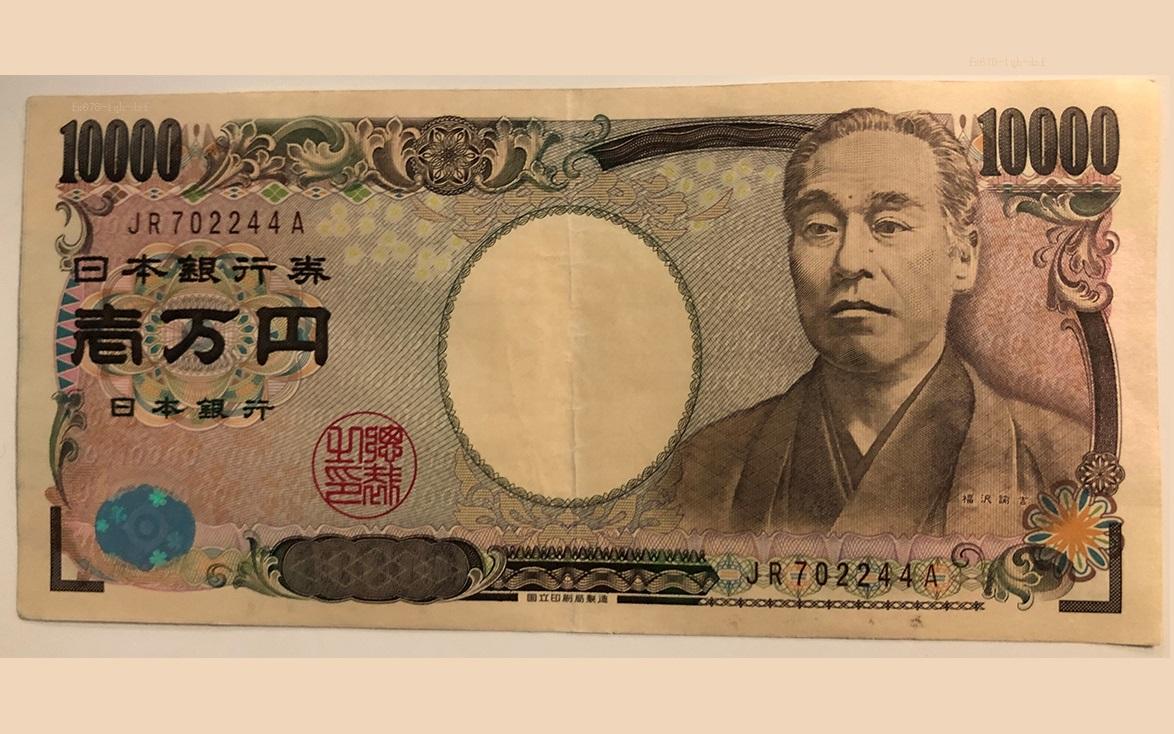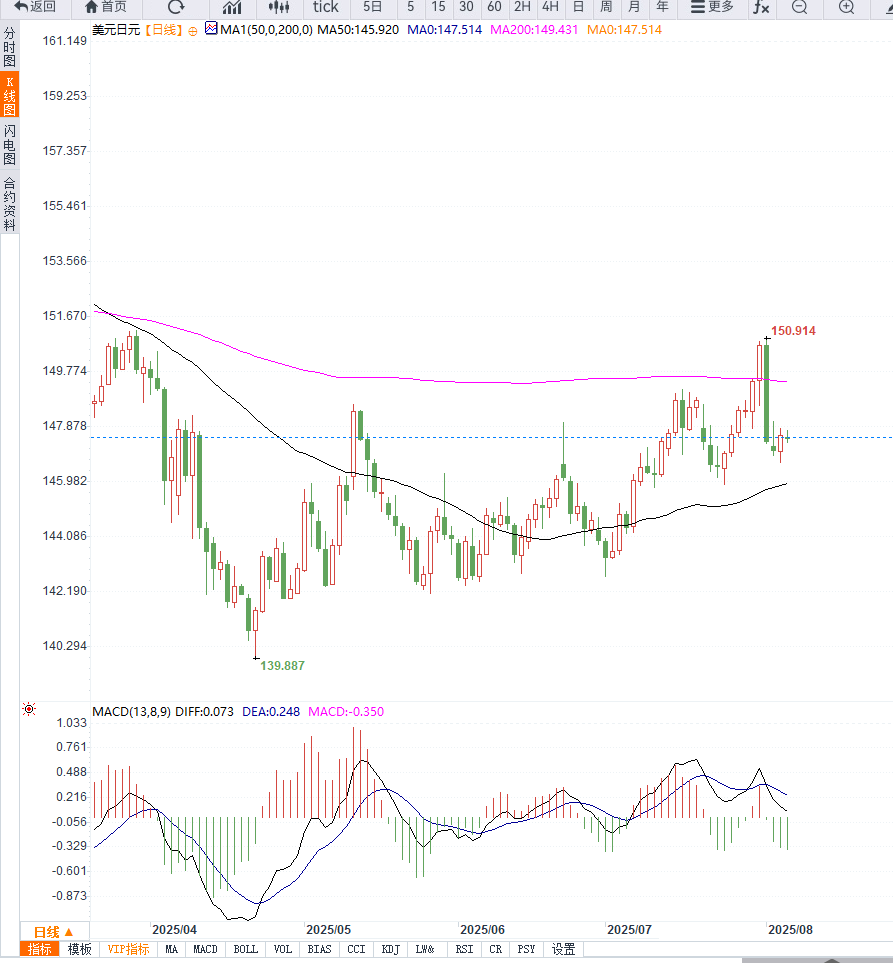Japan's real wages have fallen for six consecutive months, putting pressure on the yen and fluctuating, while the dollar rebounded slightly against the yen, awaiting stress tests.
2025-08-06 13:54:59
"Weak real wages reflect constrained household purchasing power and subdued consumer spending, which will dampen market expectations for a near-term Bank of Japan rate hike," said a local Japanese analyst.
In addition, the Liberal Democratic Party's defeat in the local elections on July 20 has exacerbated market concerns about the direction of fiscal policy, especially against the backdrop of opposition parties calling for increased spending and tax cuts, further increasing uncertainty about the Bank of Japan's policy path.
Although the Bank of Japan raised its inflation forecast at its late July meeting, not completely closing the door to another rate hike this year, Governor Kazuo Ueda's comments last week remained dovish, emphasizing the need for policy patience. This series of mixed signals has left the yen without a clear direction.

The US dollar is under pressure due to the expectation of interest rate cuts, and the rebound of USD/JPY is limited
Although the US dollar rose slightly in the Asian session on Wednesday, driving USD/JPY to rise, the overall rebound was limited.
The U.S. ISM services PMI for July released this week unexpectedly fell to 50.1. Combined with the previous weak non-farm payroll data, it further strengthened the market's expectations for a September rate cut. The possibility of a cumulative rate cut of more than 50 basis points this year has been priced in by some investors.
"The continued rise in expectations for rate cuts is dampening the confidence of dollar bulls, which will limit the upside potential of USD/JPY," said an analyst at Bank of America.
Meanwhile, the U.S. trade deficit narrowed to $60.2 billion in June, lower than expected, mainly due to a decline in imports from the peak in mid-year due to tariffs. This structural factor has limited impact on the exchange rate.
In the absence of important macroeconomic data, upcoming speeches by Federal Reserve officials will be key to guiding the direction of the US dollar.
From a technical perspective, USD/JPY rebounded after hitting a two-week low on Tuesday and is currently trading in the 147.70-147.90 range. The daily chart shows that the price has found support near the upward trend line formed at the July low, and the RSI and MACD oscillators have begun to repair, with short-term momentum favoring a rebound.
The current price is trading near the 38.2% Fibonacci retracement level (147.75) of the rebound from the July low. If it can break through the 148.00 round number mark, it is expected to rise further to the 148.50 range resistance level and even to 149.00 (23.6% Fibonacci level).
Support below is at 147.45 (Asian session low), 147.00, 146.85 (200-period SMA on the 4-hour chart coincides with the 50% retracement level), and 145.85 (61.8% retracement level). A break below these levels could trigger further technical selling, targeting the psychological level of 145.00.

Editor's comments:
The current USD/JPY trend is constrained by the tussle between weak Japanese economic data and U.S. policy expectations. Despite a rebound in the dollar, the yen is under pressure due to falling inflation and falling wages, but expectations of a Fed rate cut are limiting the dollar's upside.
Technically, USD/JPY needs to clearly break through the 148 mark to confirm the interim bottom. In the short term, it may maintain a volatile and strong pattern, and we need to pay close attention to policy communication and market sentiment fluctuations.
- Risk Warning and Disclaimer
- The market involves risk, and trading may not be suitable for all investors. This article is for reference only and does not constitute personal investment advice, nor does it take into account certain users’ specific investment objectives, financial situation, or other needs. Any investment decisions made based on this information are at your own risk.





















